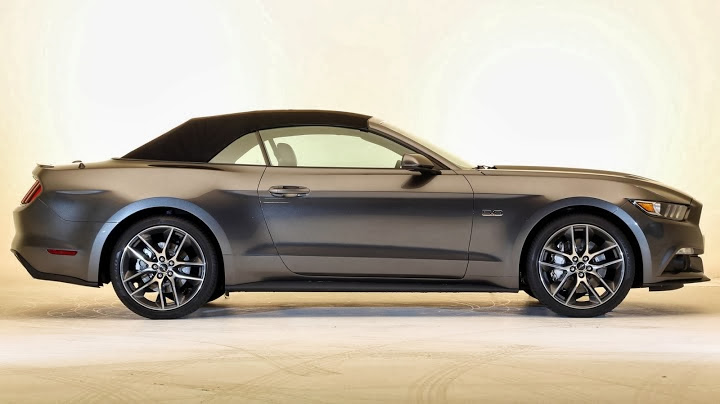
Those vehicles do need to respect their traditions because these are what created its reputation in the first place. But the present is equally important because it represents what the people are looking for, and therefore willing to buy. The original Beetle, for instance, was ressurrected in Brazil in 1993 because VW was led to think many people would still love to buy it, but the truth is they didn’t. At that time there were much better cars at the same prices or even cheaper, which made its long-lasting charisma not enough to create interesting sales. Ford had an even worse experience with the modern Thunderbird in 2000 because it was a whole new project, although these are very different examples.
In other words, tradition can’t sell cars alone. The examples could go on, but they all converge into the fact that the best way to honor the past is conceptually, rather than literally. These vehicles should be a distant reminder of their history, rather than refusing to leave the actual past. This is why VW moved on to an all-new Beetle, Fiat sells a modern 500 with worldwide success and Mini reinvents the Cooper each six, seven years. When it comes to Ford, producing Mustang continuously since 1964 taught it there are two limits when dealing with retro cars: exaggerated changes end on the incredible rejection of the front-wheel-driven, V8-free ‘1990s project (the one that ended as another car, Probe) when it was even a rumor, while small changes get almost unnoticed.








As if there wasn’t enough to consider, arriving in the 2010s means the vehicle had to follow Ford’s latest wish: be global. The One Ford plan has spreaded to all continents, achieving such positive results that even superminis started to be the same for every emergent market. Ford already had models in most categories around the world, so the only difference for them is to become the same for each one in all countries. Talking about Mustang, in turn, represents the pony is now able to be officially offered outside North America. Not that the outgoing one is bad, but the new generation enables Mustang to appear at very important markets such as Germany, China and Brazil, and therefore having the potential of selling more than ever.
However, in order to be omnipresent, a car needs to fulfill multiple standards at the same time. So Ford took the opportunity to create a classier interpretation of the sports car. Kinetic design’s current phase did appear once again and it does remind specially of Fusion, with an aggressive style whose imponence comes from elements small in the size but strong in the contours. But if you look again, you’re still going to spot all Mustang’s key elements, too. The difference is that they have an implicit expression this time, rather than screaming “I’m retro” like the old car. That wasn’t bad, once agein, but since it would also need to change at some point, what would be better than such an attractive mélange of past and present?








This fancy combination of old and new appears once again at the interior. Mustang became a little bit lower and shorter, but yet the cabin managed to get roomier. Taller people will still need to seek head space in another car, specially at the back seats, but it’s also true that travelling with the head down allows to notice how better all the materials got. There are metallic accents, soft-touch plastic coating and high-quality leather, which makes a very nice response to the stylish dashboard. The new part made a much more discreet evolution compared to the old car’s in its overall design, but being part of an all-new project brought it a whole bunch of new technologies for the first time. One of them is MyFord Touch.
The others include modern electronic safety systems, but most of them comes as optional. The mechanical part was boosted with independent rear suspension, better brakes and the available Performance package, which adds torque-vectoring brakes or Torsen limited-slip differential, depending on the version. These, in turn, do include the sophisticated EcoBoost 2.3L engine which debuted at Lincoln MKC. But it’s only an addition to the carried-over 3.7L V6 and 5.0L V8 propellers, whose performance numbers are expected to go respectively a little down an up – Ford didn’t reveal any of them so far. Transmission options will always be six-speed, whether the Getrag manual or the automatic with paddleshifters. There isn’t any information about pricing, too.